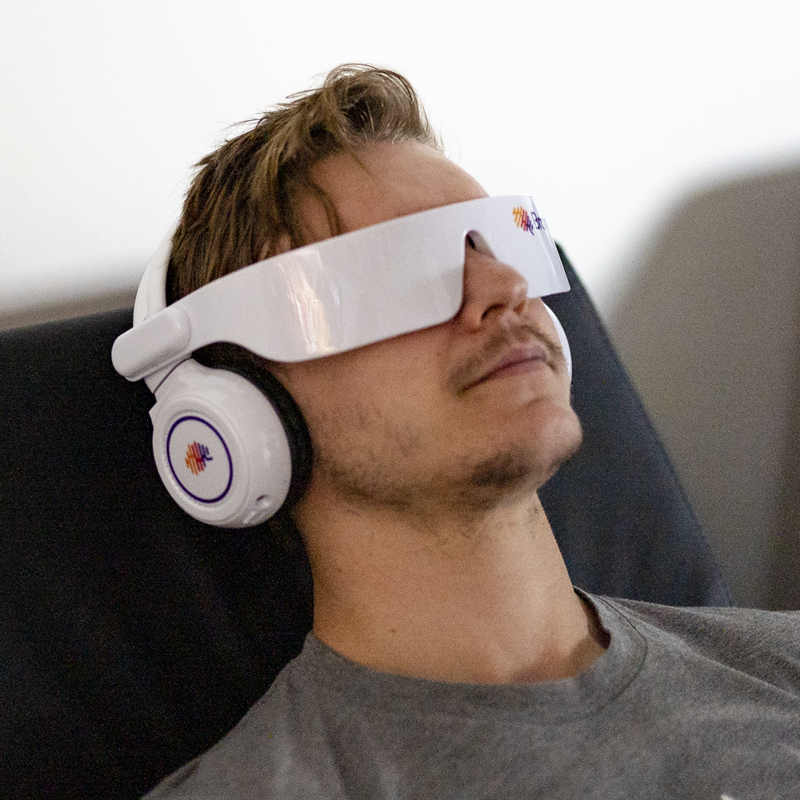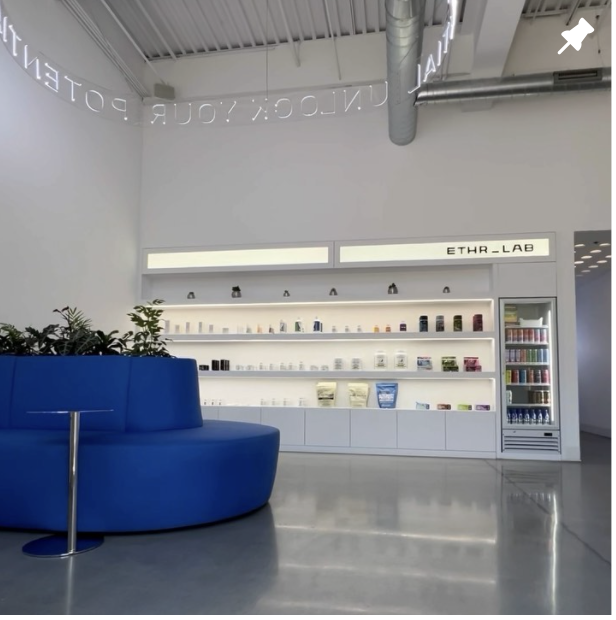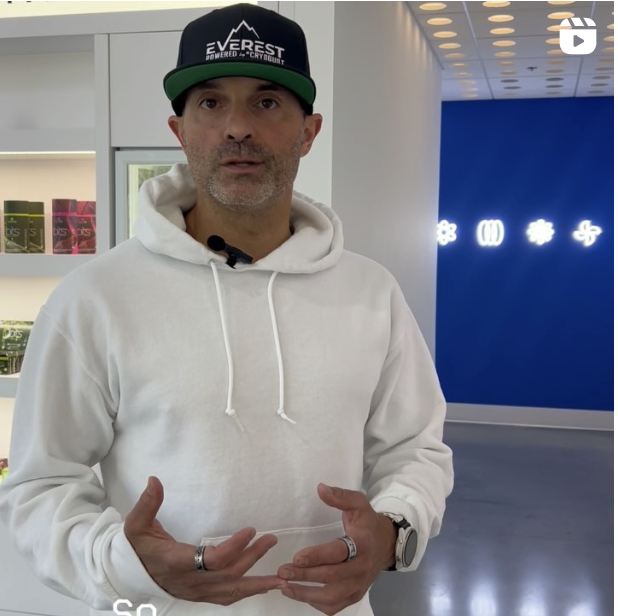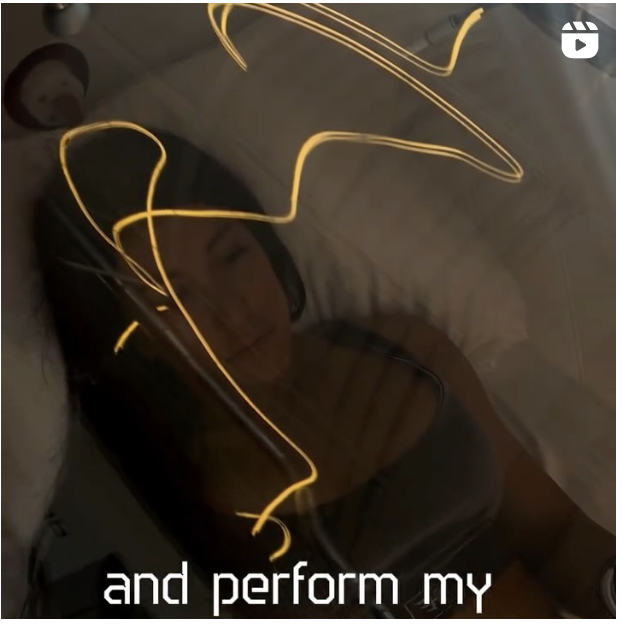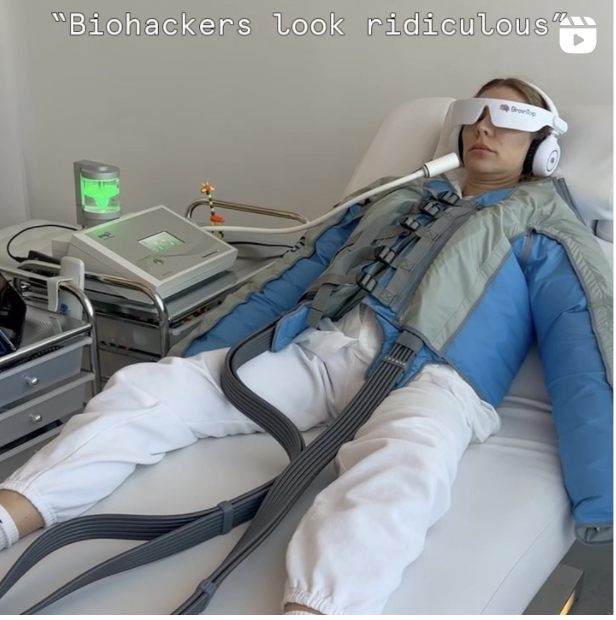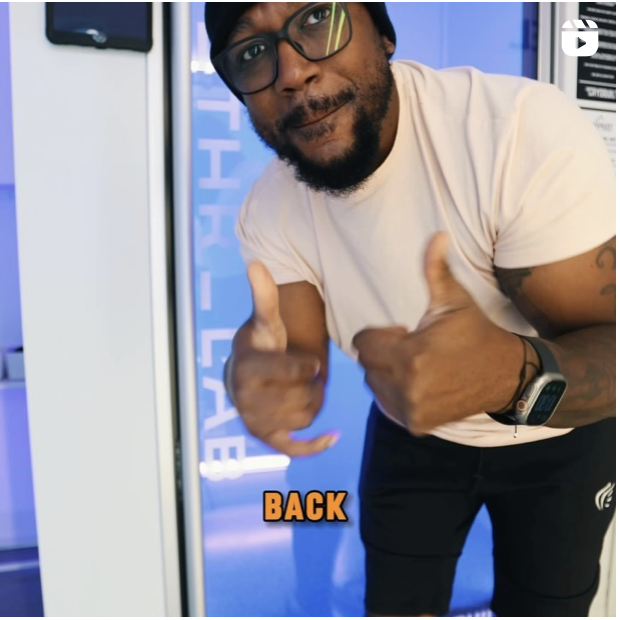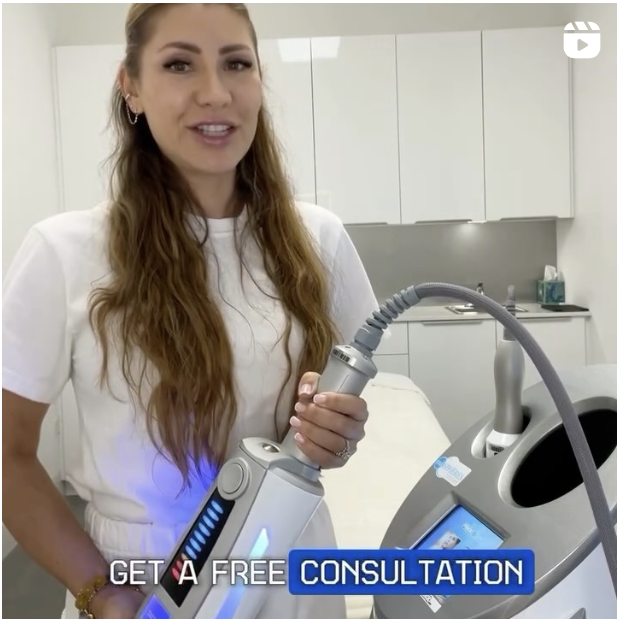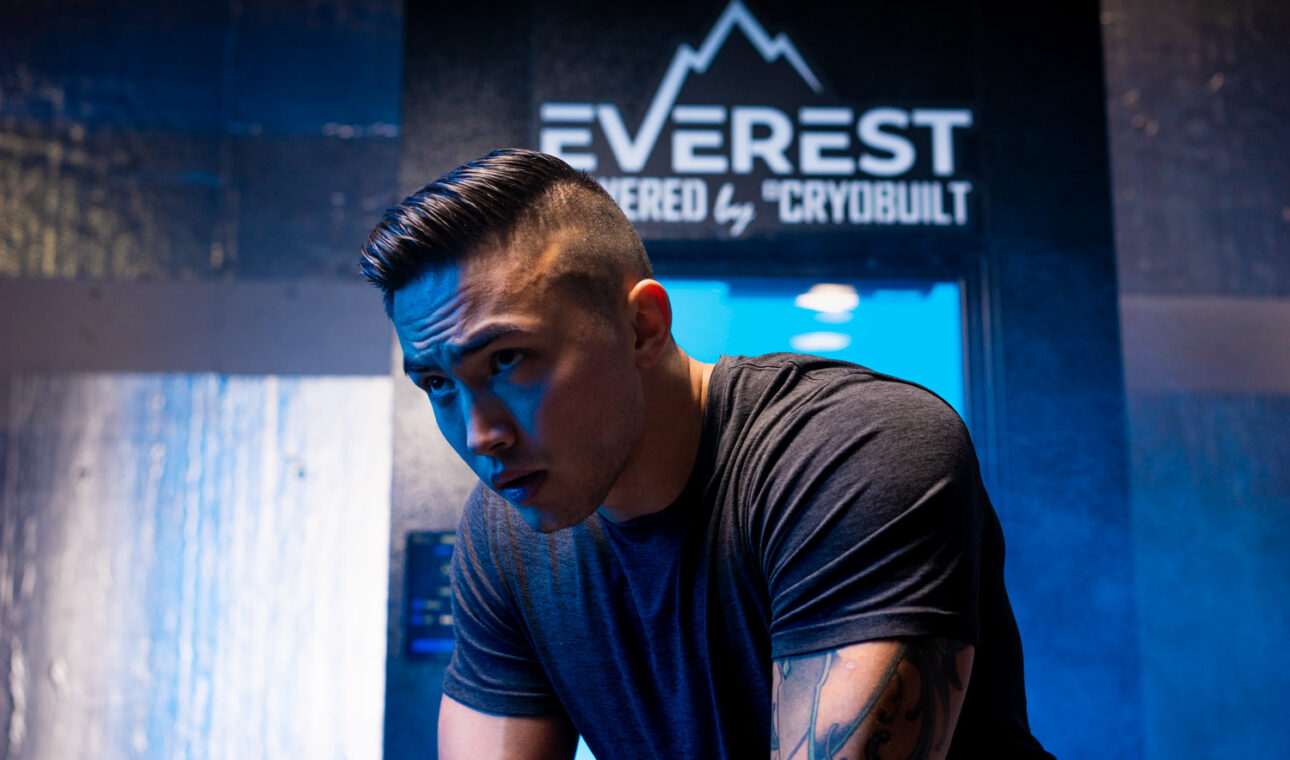
Elevate Athletic Recovery with Cryotherapy at ETHR LAB in Oakbrook Terrace
Athletes today demand more from their recovery routines. Whether you’re a weekend warrior, competitive player, or elite athlete like Lionel Messi, LeBron James, or Patrick Kane, rapid recovery isn’t just a luxury—it’s essential to maintaining peak performance. At ETHR LAB in Oakbrook Terrace, Cryotherapy is transforming how athletes recover, helping them bounce back faster, reduce inflammation, and perform at their best.
If you’re ready to take your recovery to the next level, combine cryotherapy with NanoVi Oxidative Stress Therapy and PEMF Therapy. This powerful stack enhances cellular repair, reduces oxidative damage, and optimizes recovery like nothing else.
Cryotherapy takes the ancient concept of cold therapy and cranks it up several notches. Unlike traditional ice baths, cryotherapy uses advanced whole-body cold chambers where temperatures plummet to -200°F or lower using liquid nitrogen gas. The result? Faster recovery, reduced inflammation, and optimized performance. Research backs this up. A study by Hausswirth et al. (2011) revealed that athletes using whole-body cryotherapy after simulated trail running recovered significant muscle strength within 1 hour, compared to 24 hours with infrared therapy and ineffective results with passive recovery. Another study by Purnot et al. (2011) found cryotherapy superior to passive recovery in reducing inflammation caused by exercise-induced muscle damage.
Cryotherapy triggers a physiological response in your body by exposing it to extreme cold. Your body draws blood to your core, enriching it with oxygen and nutrients. Cold exposure constricts blood vessels, lowering inflammation and pain. After the session, nutrient-rich blood floods your muscles, accelerating repair and reducing soreness. Whether it’s recovering after a grueling match, prepping for your next marathon, or keeping DOMS (Delayed Onset Muscle Soreness) at bay, cryotherapy delivers results that traditional methods can’t match.
At ETHR LAB, we offer Cryobuilt full-body cryotherapy chambers, the gold standard for recovery technology. Our cryotherapy sessions are quick, effective, and designed to fit seamlessly into your routine. Pair cryotherapy with NanoVi Oxidative Stress Therapy to neutralize free radicals and boost cellular repair. NanoVi uses advanced biohacking technology to tackle oxidative stress caused by intense workouts, enhancing energy levels and reducing recovery time. Add PEMF Therapy to this stack to further enhance cellular regeneration, stimulate ATP production, and deliver a comprehensive recovery solution.
Cryotherapy isn’t just for pros—it’s for anyone looking to perform and recover like one. From high-performance athletes to weekend warriors and fitness enthusiasts, cryotherapy delivers unparalleled recovery benefits right here in the Chicago suburbs.
Take your recovery to the next level by stacking cryotherapy, NanoVi, and PEMF Therapy at ETHR LAB. Cryotherapy reduces inflammation and muscle damage, NanoVi neutralizes oxidative stress, and PEMF stimulates cellular regeneration. Together, these therapies create the ultimate mind-body recovery experience, allowing you to perform at your best and recover faster than ever.
Don’t let soreness or fatigue hold you back. ETHR LAB in Oakbrook Terrace is your go-to destination for cutting-edge athletic recovery. From reducing DOMS to improving performance, our cryotherapy services are designed to help you crush your fitness goals and feel unstoppable. Schedule your session today and discover why ETHR LAB is the premier recovery center for athletes in Oakbrook Terrace and the Chicago suburbs.


